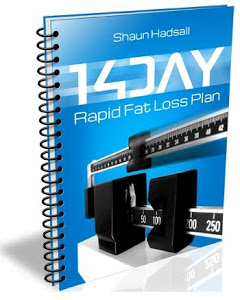
Weight loss and fat loss have become synonymous in most circles. However, these terms can be very different. A diet can cause weight loss with very little fat loss. Lose of lean muscle tissue or water may show up as weight loss, but could cause an increase in fat stores. That is why using multiple tools to gauge success is important. How your clothes fit, how you look in the mirror, comments from other people, and the pinch test are all great tools to supplement the scale when gauging success during a diet.
loosing weight, weight loss meal plans, lose weight in a week,
The body still has starvation protection built in from prehistoric times and when it senses a change in caloric intake, it will slow the metabolism and store as much energy as possible. In this stage it stops building, or rebuilding, cells and conserves energy, using those nutrients for energy. Lean body tissue cannot be rebuilt and is lost. At this point, due to bones losing density and muscles losing mass, the body is more susceptible to injury. The infection fighting capability of the body is severely impaired as well, which causes an increase in the risk of infectious diseases. The body loses excess water through the waste removal system, as well. A lot of dieters also take diuretics, while decreasing their water intake, hoping to increase total weight loss, leading to serious dehydration.
Although the scale may register a lower number after a loss of body water, failing to replenish that water can lead to serious health problems. Water is essential for many of the body's functions, including cooling, keeping fluid (blood) levels up, and assisting with various metabolic functions. Chronic dehydration may develop if water intake does not match water output (through urine, sweat, respirations, etc.) Dehydration can damage many of the body's vital organs, including the brain. So, although water loss will register as weight loss, the dieter's health will suffer.
Exercise may help the body shift into a fat loss mode. Easy- to moderate-level exercise done for an extended period (at least 30 minutes) will put the body into fat burning mode. Exercise that is too strenuous results in more carbohydrates being burned than fat. The muscles use glucose for energy and they have stores of carbohydrate energy right inside the muscle tissue. This carbohydrate energy is good for short, powerful bursts such as running, swimming, lifting weights, etc. Since fat burning is the goal, you want to select exercises that will result in the fat burning furnace being turned on. Walking, slow jogging, easy biking, or other low intensity exercise is perfect.
A fat loss diet, versus a weight loss diet, will lead to less body fat. Exercise may increase the metabolism and support fat burning to keep that fat off. A weight loss diet may lead to water or lean tissue loss with no cosmetic or health improvement at all. Seek a diet that leads to fat loss not just a weight loss diet. Look for a diet that uses food to shift the body into fat burning mode.



















0 comments:
Post a Comment